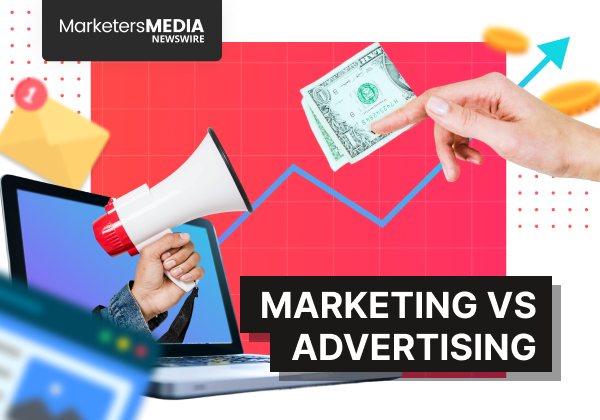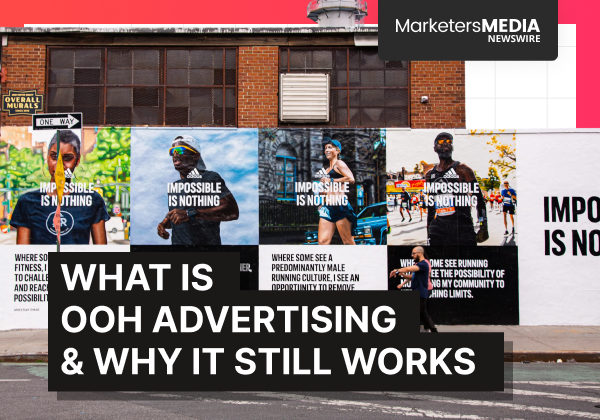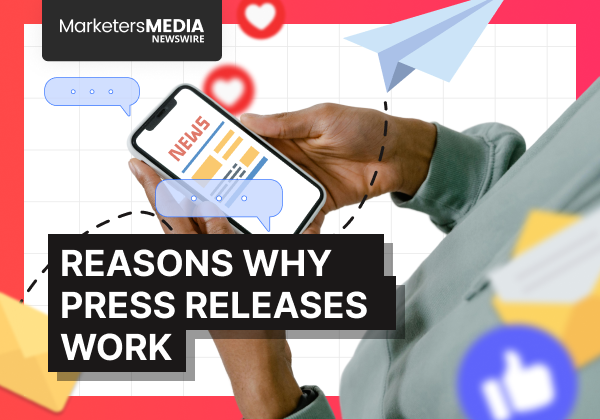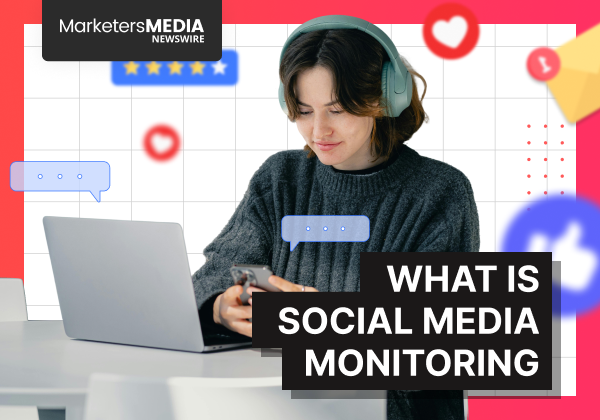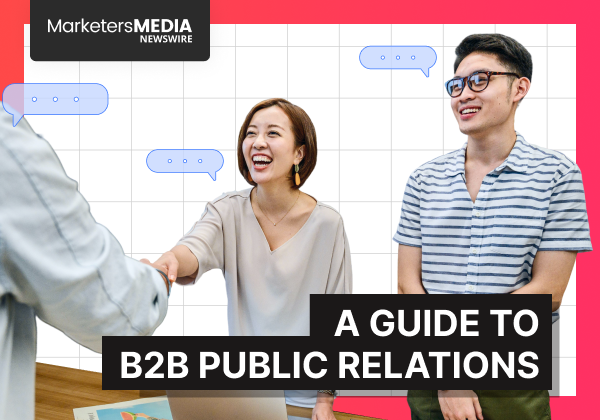Are marketing and advertising the same thing? Not quite. While the two are closely related and often used interchangeably, they play very different roles. Understanding how they differ can help you plan and grow your business.
Here's the simplest way to think about it: one is the entire strategy that builds your business from the ground up. The other is a specific tool you use to communicate that strategy.
Let's break down why this distinction matters and how you can use both effectively.
The Role of Marketing
Marketing is the complete process of researching, promoting, selling, and distributing your product or service—but it goes deeper than that. It's really about understanding your customers and delivering real value to them. It's the discipline that asks the big questions: Who are we serving? What problem are we solving for them? Why should anyone choose us?
The Core Components of Marketing
When we talk about marketing, we're actually talking about several interconnected activities:
- Market Research: Gathering data and insights about your audience to understand what they want and how to reach them effectively.
- Product Development: Creating or improving a product that solves real problems and delivers genuine value to customers.
- Pricing Strategy: Setting a price that reflects your product’s value while keeping you competitive and profitable.
- Distribution: Ensuring your product is available in the right places so customers can access it easily.
- Public Relations: Managing how the public perceives your brand to build credibility and long-term trust.
- Sales Strategy: Converting interested prospects into paying customers through a clear, effective process.
Each piece connects to the others. If your product doesn't actually solve a real problem, no amount of promotion will create sustainable success.
How Advertising Fits In
Advertising is a specific, paid form of communication designed to persuade someone to take a particular action (i.e., Buy this product, Sign up for this service, Visit our store).
It's direct, it's measurable, and yes, it requires a budget.
What makes advertising distinctive is that you're paying for placement. You're essentially buying space, whether that's on a billboard, in search results, or in someone's social media feed. That payment is what gives you control over your message, where it appears, and how often people see it.
Where Your Advertising Budget Goes
Advertising shows up in various channels, each with its own strengths:
- Traditional Media: Includes TV, radio, print, and direct mail ads that remain effective for reaching broad or specific demographic groups.
- Digital Channels: Covers online ads like banners, search campaigns, and paid social posts designed to target audiences with precision and measurable results.
Digital advertising stands out for its precision targeting, letting you reach people based on their location, interests, or behavior—essentially anyone who's most likely to be interested in what you offer.
Still, because ads come directly from your brand, people tend to view them with some skepticism. They know you paid for attention, which is why ads work best when supported by broader marketing efforts.
The real strength of advertising comes from its efficiency. It helps you connect with the right people at the right moment, but only if your overall marketing strategy is strong.
The Real Difference: Paid vs. Earned
Let's look at what actually separates these two concepts:
| Feature | Marketing | Advertising |
|---|---|---|
| Scope | Broad, long-term strategy covering your entire business approach | Narrow, specific tactic focused on one communication method |
| Goal | Create and deliver value; build lasting reputation and relationships | Drive immediate awareness and specific actions through paid placement |
| Cost | Your entire budget, including research, distribution, PR, and yes, advertising too | Just the media space and creative production costs |
| Control | Less direct control; influenced by market forces, customer feedback, and reputation | High control over message, placement, timing, and frequency |
| Time Focus | Long-term relationships and sustainable brand building | Short-term campaign performance and immediate results |
Advertising is paid media where you buy the space and control the message, marketing creates earned media when others share your story, and earned media builds the most trust because it comes from others.
How Advertising Connects to the 4 Ps
There's a classic framework that helps explain how all marketing elements work together—the 4 Ps:
- Product: What you're actually selling and what makes it valuable
- Price: What you charge and why (which signals your positioning)
- Place: Where and how customers can access it
- Promotion: How you communicate its value to the world
Advertising lives inside that last P—Promotion. But, here's what many people miss: it's just one way to promote your business.
Other promotional tactics include public relations, content marketing such as blogs or newsletters, sales promotions, social media engagement, and influencer partnerships. They all serve the same ultimate goal: communicating your value.
Marketing vs. Advertising in Action
Let's look at some concrete examples that show how marketing strategy differs from advertising tactics.
Marketing Strategy Examples
Apple's Ecosystem Approach

Apple's marketing strategy goes far beyond its ads. It's a complete business model built around:
- Premium pricing that signals quality and exclusivity
- Product design that prioritizes user experience across all devices
- Retail stores designed as experiential spaces, not just sales floors
- A closed ecosystem that increases switching costs (once you're in, everything works together)
- Strategic PR around product launches that generates massive earned media
Every decision (from how they price the iPhone to how their retail employees are trained) supports the same strategic goal: positioning Apple as the premium choice for people who value design and seamless integration.
Dollar Shave Club's Market Disruption
Dollar Shave Club didn't just advertise differently. In fact, they built an entirely new business model:
- Identified a market inefficiency (overpriced razors with unnecessary features)
- Created a subscription-based distribution model that bypassed retail
- Developed a brand voice that was humorous and relatable, not corporate
- Priced aggressively to challenge industry leaders
- Built community through content that went beyond just selling razors
Their famous launch video was advertising, yes. But the real marketing genius was recognizing that men didn't need five-blade vibrating razors and would pay for simple, affordable convenience delivered to their door.
Advertising Campaign Examples
Old Spice's "The Man Your Man Could Smell Like" (2010)

This became a cultural phenomenon, but at its core, it was an advertising campaign:
- Paid television commercials during specific programming (like the Super Bowl)
- Purchased YouTube pre-roll ads and display advertising
- Controlled messaging with scripted content featuring actor Isaiah Mustafa
- Specific, measurable objectives: increase body wash sales among younger demographics
- Follow up with paid social media promotion and response videos
The campaign generated earned media buzz (which is marketing), but the initial investment was pure paid advertising that P&G controlled from start to finish.
Geico's "15 Minutes Could Save You 15%" Multi-Channel Campaign
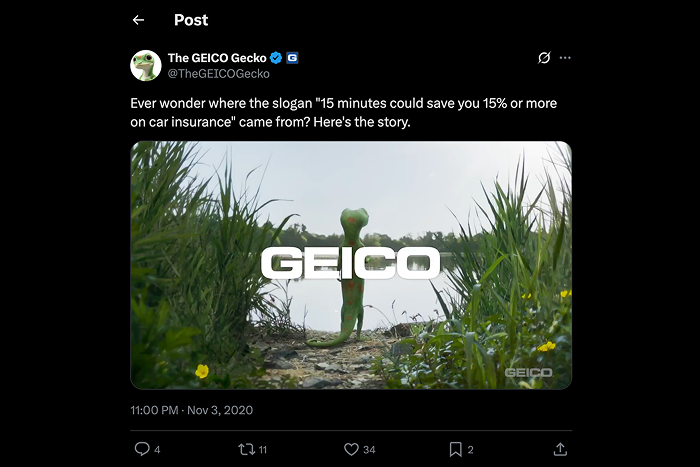
Geico runs one of the most recognizable advertising programs in insurance:
- Purchased airtime across TV, radio, and streaming platforms
- Paid for digital display ads, search engine marketing, and social media ads
- Created multiple ad series (gecko, cavemen, "hump day") to maintain freshness
- Focused on a single, measurable call-to-action: get a quote
- Tracked performance through quote requests, policy sales, and cost per acquisition
This massive advertising spend supports Geico's marketing strategy (being seen as affordable and convenient), but the ads themselves are paid placements designed to drive immediate response.
That's the relationship in practice: advertising is more effective when it's supported by strong marketing, and marketing reaches more people when amplified through smart advertising.
PR vs. Advertising
Public relations and advertising both aim to build awareness and shape perception, but in different ways. Advertising gives you full control over what you say and where it appears, while PR is earned when others share your story because it’s genuinely newsworthy.
PR carries more credibility because it comes from independent sources. A feature in a trusted outlet often has a stronger impact than an ad placement. That’s where MarketersMEDIA Newswire comes in—by helping brands secure coverage on credible outlets.
The best strategies combine both. Advertising drives reach and visibility, while PR through platforms like MarketersMEDIA builds long-term authority and reputation. Together, they make your brand both seen and believed.
📝 Want to see how it compares with marketing too? Check out our article on PR vs Marketing: What’s the Difference and When to Use Each.
How Success Gets Measured (And Why It's Different for Each)
Marketing and advertising require different scorecards because they're working on different timelines and objectives.
Marketing Metrics
Marketing tracks your overall business health and sustainable growth:
- Customer Lifetime Value (CLV): Measures the total revenue a customer brings over time to show long-term profitability.
- Market Share: Shows your brand’s portion of total sales in your industry to gauge competitive position.
- Brand Equity: Tracks how people perceive your brand and the value that perception adds to your business.
- Marketing ROI: Compares marketing spend to the revenue it generates to assess overall effectiveness.
These metrics tell you whether your strategy is genuinely working over time.
Advertising Metrics
Advertising tracks the effectiveness of specific campaigns:
- Impressions/Reach: How many people actually saw your ad and how often they encountered it.
- Click-Through Rate (CTR): Shows the percentage of viewers who clicked your ad. This tells you if your message resonates.
- Cost Per Acquisition (CPA): Calculates how much you spend to gain one customer to track efficiency.
- Conversion Rate: Measures the percentage of users who take a desired action to assess ad effectiveness.
The challenge many businesses face is connecting these two sets of metrics. Your short-term advertising costs need to make sense when measured against long-term customer value.
🎯 Spending $50 to gain a customer worth $500 over time makes sense, but paying $150 for someone who buys once and leaves doesn’t.
That’s why smart businesses use multi-touch attribution models, which credit every interaction in the customer journey and not just the ‘last click’ to reveal which marketing efforts truly drive conversions.
Why You Need Both
Marketing defines who you’re talking to and why it matters, while advertising helps you reach them faster. When the two work together, you create a cycle that attracts the right audience, earns trust, and drives lasting growth.
Understanding how marketing and advertising complement each other is what turns scattered efforts into real growth. Once you see where each fits, every campaign feels more intentional—and every dollar works harder.
Your Next Steps
Understanding the difference between marketing and advertising helps you make smarter decisions.
Start by tightening your marketing foundation. Know your audience, clarify your message, and set measurable goals. Then, use advertising to amplify that message and reach the people most likely to care.
Ready to put both to work? Review your current approach and see where marketing ends, and advertising begins, to make sure both are aligned.
Free Press Release Template
Tell us where to send your PDF:
